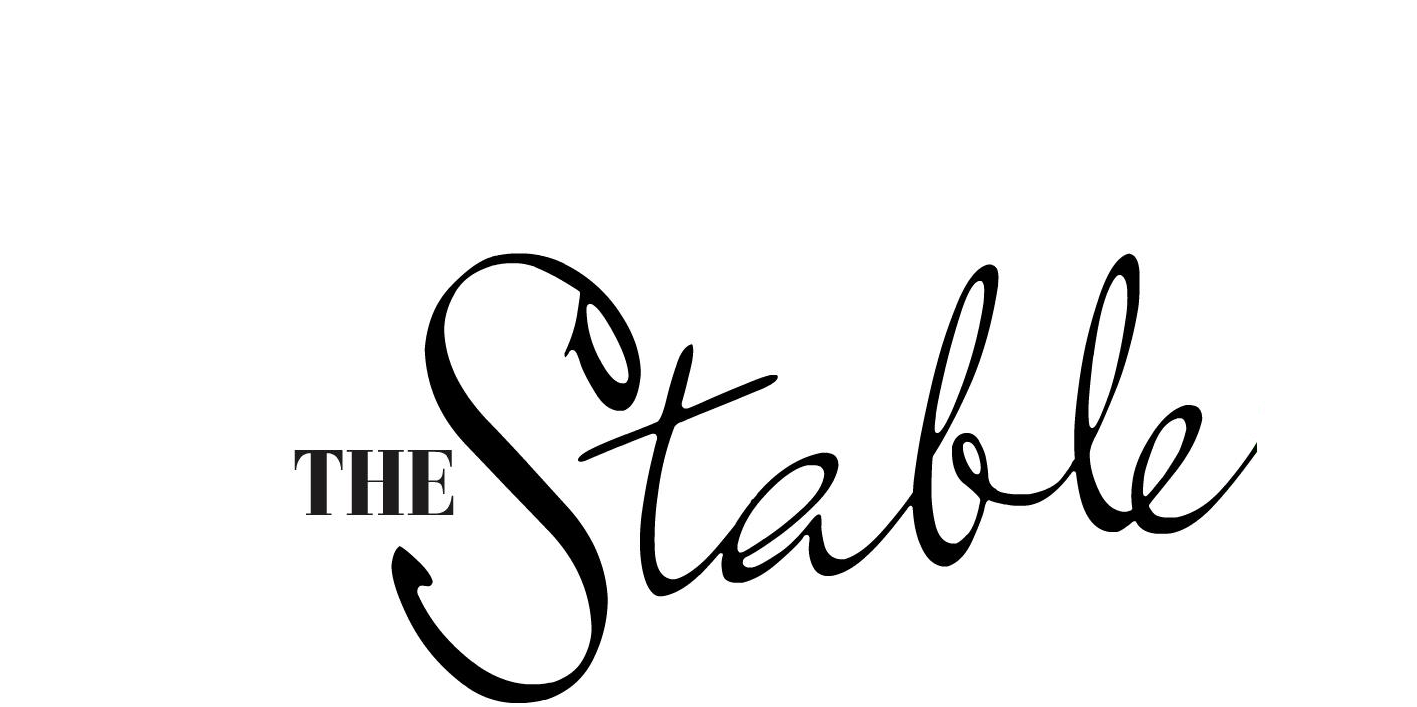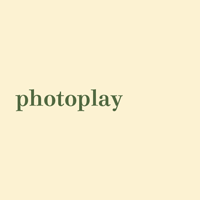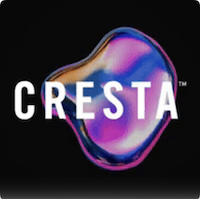“Humour is messy. We find it in the #awks moments. The mundane memes. So, what happens when the uncomfortable edges of comedy collide with the ordered world of algorithms, automation, and AI?” R/GA set out to answer the question in a panel discussion on Thursday evening.
It’s an interesting time for advertising, a humour boom in the middle of a huge experiment with a new technology whose sense of humour is strange. We’re still figuring out the role that AI plays for brands in a larger sense.
R/GA brought together Tiffany Rolfe, global chair, global chief creative officer, R/GA; Ant Dever, former head of Creative Lab at TikTok ANZ; Nick Kelly, co-founder & director, MOFA; with moderator, Bec Charlwood, comedian/podcaster/presenter, to explore The Future of Funny in an R/GA panel on Humour in the Intelligence Age.
Here are some of the notes:
Comedy is chaos and imperfections. AI is smooth. That’s an awkward disjoint. But AI does have senses of humour, different across the AIs that are used. So far, the main sticking point with the technology that is being used more and more by creators is that it’s hard for AI to bring the unpredictability of humour. And even harder for AI to meld the nuances of funny with the distinctive voices of brands.
Nick Kelly noted that there are two things pushing against each other in production. Currently brands want the details of their advertising locked down at pre-production. But the best stuff often happens unexpectedly during production, especially in humour and especially with AI. It would help to go back to the traditional way of producing where there was room to play through the production process – room to see what AI can come up with and room to see where and how humour can work.
Ant Dever noted that it might be advantageous for brands to be less rigid about who they are, using different platforms to test how AI and humour can work for them. In TikTok, absurd humour thrives, even achieving millions of views. That’s a lot of reach. TikTok’s interest based algorithm promoted content based on views. Humour is human and relatable – a way for brands to connect with audiences in a real and natural way. In YouTube and traditional media, the brand voice might remain as prescribed. Nut Butter nailed this on TikTok with its nonsensical content in a category whose traditional advertising is often very functional.
And here’s an addendum by The Stable:
Is there anything too quirky? Are there some brand categories that shouldn’t venture into humour? An audience member stated that a humorous bank campaign they’d produced had tanked? Well, House 337 has only just created the final chapter of the hilarious Bank of AntandDec for Santander Bank after six successful years, and the finale was a humorous OTT musical theatre spectacular. And Mother’s sixth instalment of A.N.Y. bank, the parody of stuffy banks, launched a few days ago, promoting Nationwide’s Which? Banking Brand of the Year award by poking fun at the premature celebrations of its fictional rival. Perhaps, the question should have been how much can we trust consumer research – especially when it comes to humour?














Leave A Reply